What Your Cat’s Meow Says About Their Love for You
When your cat meows, it might sound like a simple noise, but in reality, it’s a complex form of communication. Cats don’t meow at other cats—this vocalization is specifically reserved for humans. Over centuries of domestication, cats have honed their meows to get our attention, express their emotions, and, yes, even show love. Deciphering these sounds can deepen your bond with your feline friend and give you a better understanding of their unique personality.
Why Cats Meow
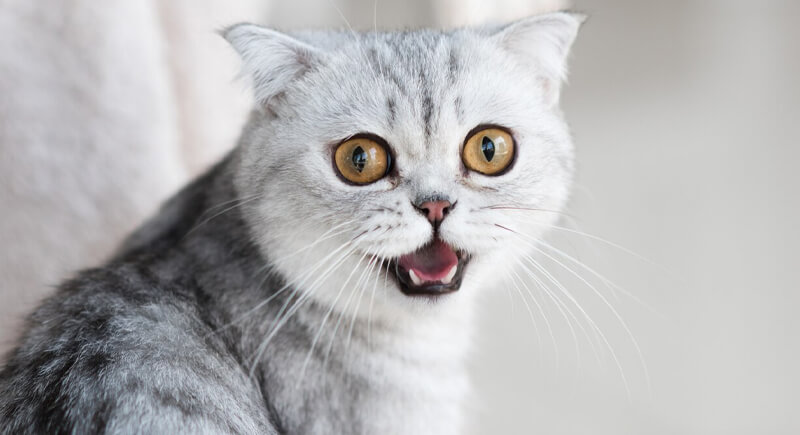
Credit: freepik
Unlike their feline conversations with each other, cats reserve their meows for people. They know we’re not sharp enough to pick up on subtle tail flicks and ear twitches, so they’ve developed meows as their go-to form of communication. These meows often start in kittenhood as cries for their mother and stick around as an adult’s way of saying, “Hey, I need you.”
Quick Meow
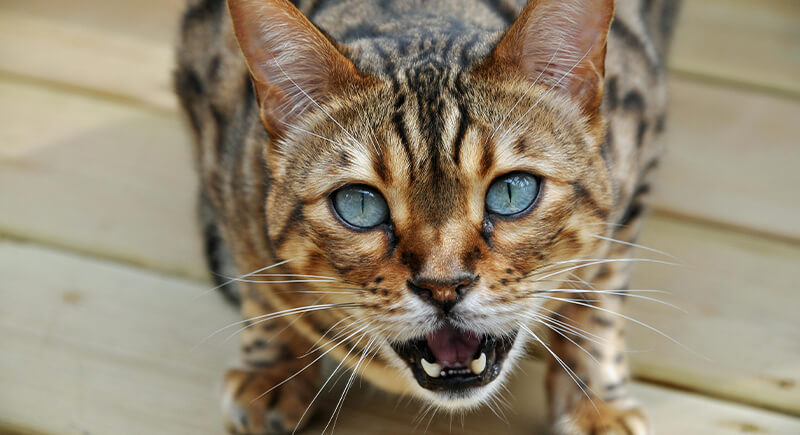
Credit: pexels
A short, sharp meow is your cat’s way of giving you a nod. It’s like a polite “hello” you’d give a neighbor you don’t really know but don’t want to ignore. This often happens when you walk into a room or make eye contact with your cat. They’re acknowledging you but not committing to a full-on conversation.
Greeting Meow
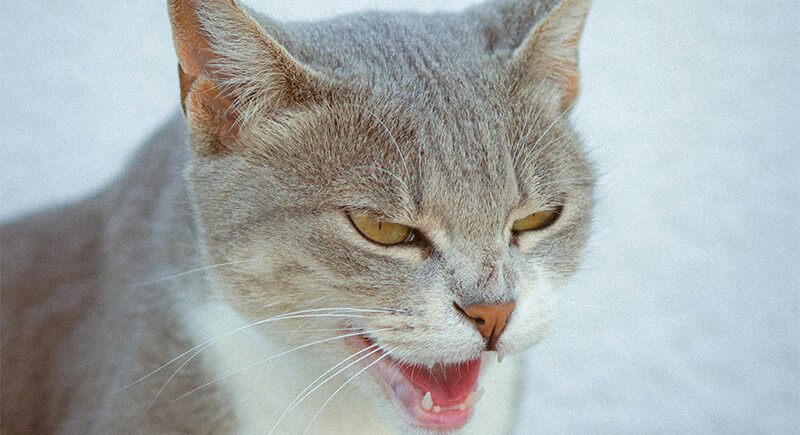
Credit: pexels
You’ve probably noticed your cat greeting you with a cheerful meow when you walk through the door. This is their way of saying, “Hey, you’re home! I missed you.” Some cats even add a little chirp or trill if they’re feeling extra enthusiastic to see you.
Dramatic Meow
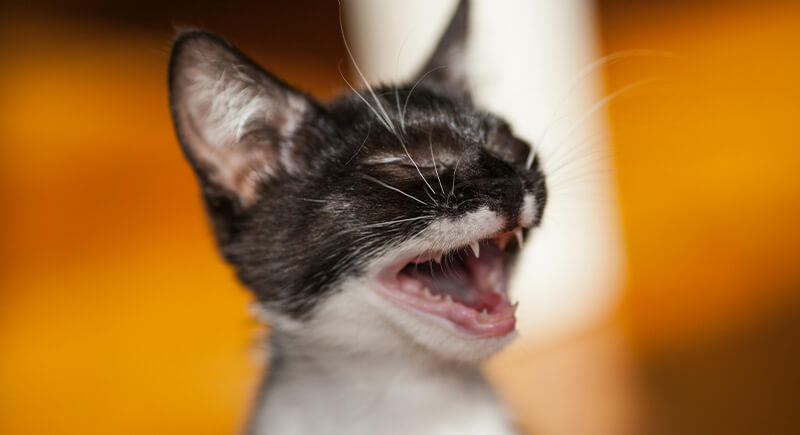
Credit: pexels
When your cat holds their meow for a few extra beats, they’re usually asking for something specific—dinner, perhaps, or access to a closed-off room. This type of meow is filled with purpose and persistence. Ignore it too long, and you might get a series of increasingly dramatic vocalizations.
Rapid-Fire Meows
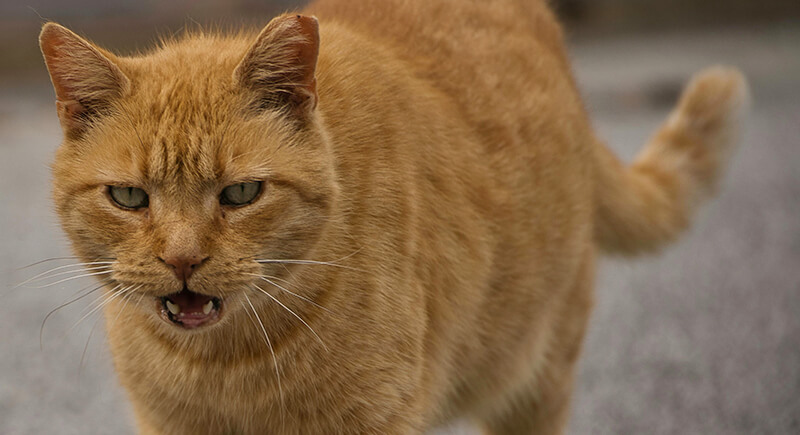
Credit: pexels
If your cat fires off a string of meows in rapid succession, you’ve officially entered the feline negotiation zone. They want something, and they’re not leaving until they get it. This is often paired with the classic pacing and tail swishing, just in case you didn’t get the memo.
Chirps and Trills
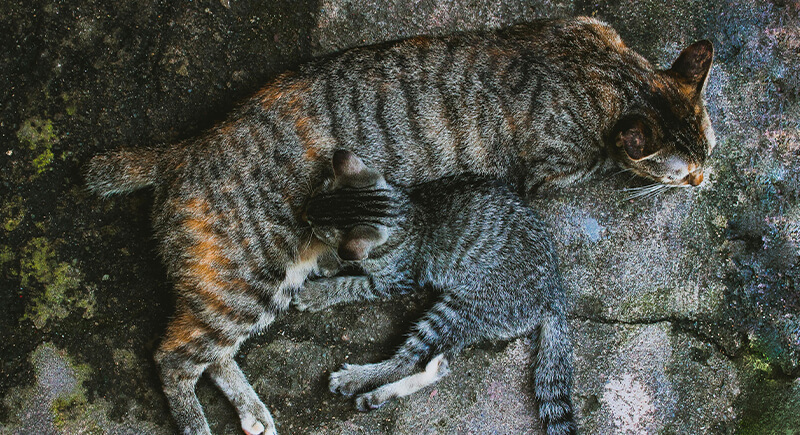
Credit: pexels
Chirping is one of the most fascinating vocalizations in cats. They are originally a sound mother cats use to guide their kittens, which are later on directed at humans to express excitement or draw attention to something. If your cat chirps while watching birds through a window, they might be signaling predatory excitement—or just inviting you to admire the view with them.
Silent Meows
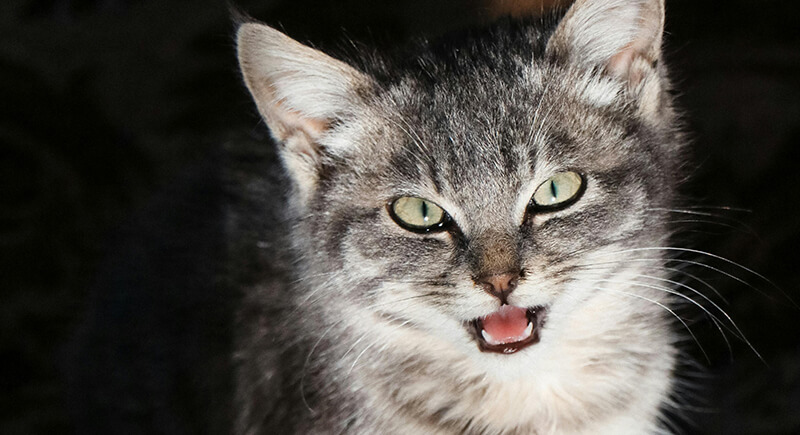
Credit: pexels
The silent meow is a move straight out of the feline playbook for cuteness. Cats often use this when they’re up close, like sitting on your lap or staring at you intently. The act of opening their mouth without making a sound is thought to be a softer and more intimate form of communication.
Meowing While Following You
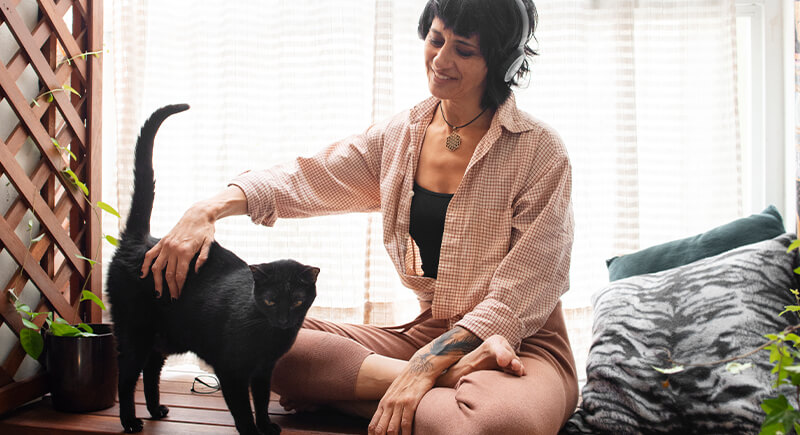
Credit: freepik
If your cat trails you from room to room, meowing every step of the way, congratulations—you’re officially their favorite. This behavior screams attachment. They are essentially making sure you don’t disappear into some mysterious human portal (aka the bathroom) without them.
The Low Meow
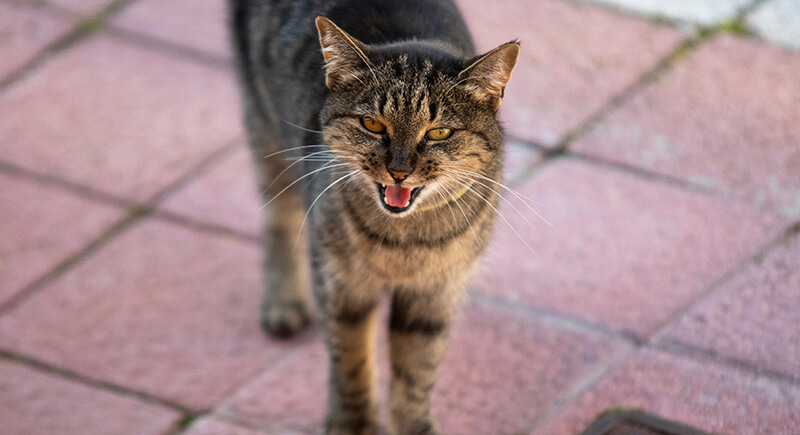
Credit: pexels
Low-pitched meows often signal discomfort, dissatisfaction, or even mild distress. If your cat suddenly starts producing these sounds, it’s worth investigating. Researchers have found that the pitch and tone of a cat’s meow can change depending on their emotional state, much like a human’s voice.
Late-Night Meows
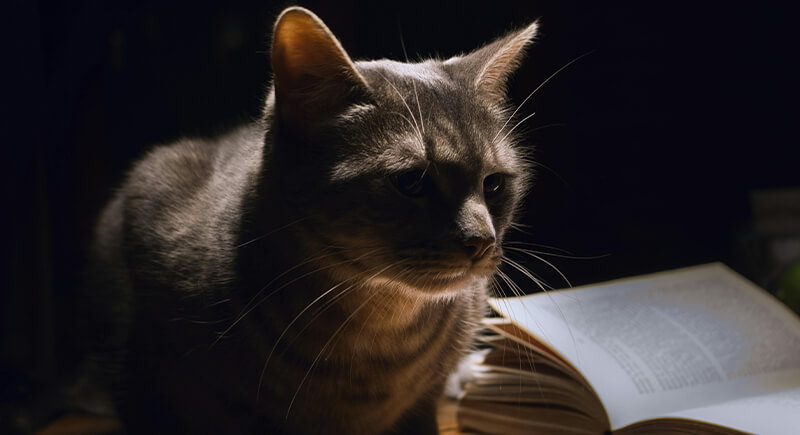
Credit: pexels
Cats’ nightly meows are often tied to their crepuscular nature—they’re naturally active at dawn and dusk. However, senior cats sometimes meow more at night due to cognitive changes or anxiety about being alone in the dark. Placing a soft light or a warm blanket near their sleeping area can help soothe these late-night vocalizations.
Morning Meows
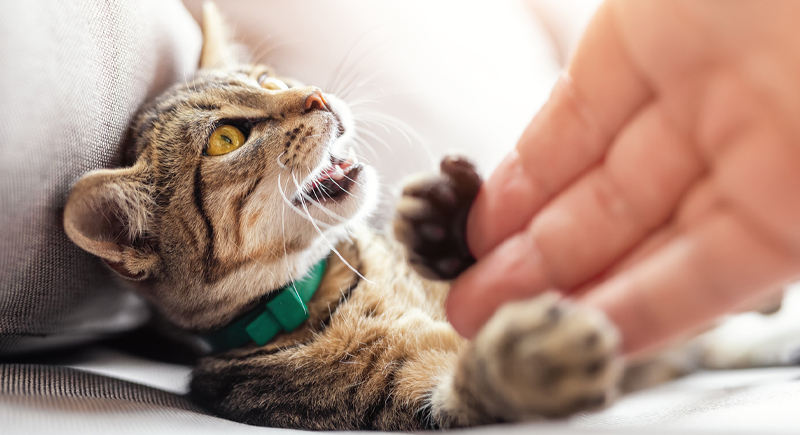
Credit: iStockphoto
The vast majority of cats thrive on routine, and morning meows are as much about habit as they are about food. They know that meowing gets results—usually a filled food bowl or morning attention. Behavioral studies suggest cats quickly learn the times when humans are most likely to respond, so this makes mornings their prime opportunity to interact.
Purring
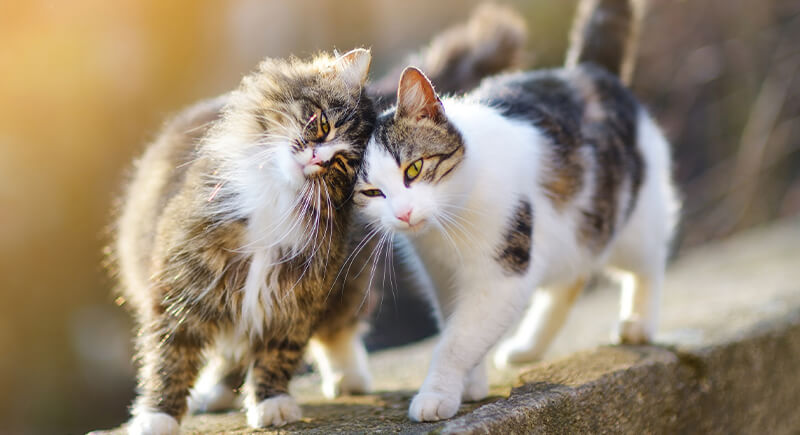
Credit: iStockphoto
While purring is often associated with contentment, it can also serve other purposes. Cats purr when they’re anxious, in pain, or even as a self-soothing mechanism during stressful moments. The context matters—if your cat is relaxed and their body language is soft, the purr is likely an expression of comfort and trust. Purring while meowing means that the cat is demanding affection.
Territorial Meows
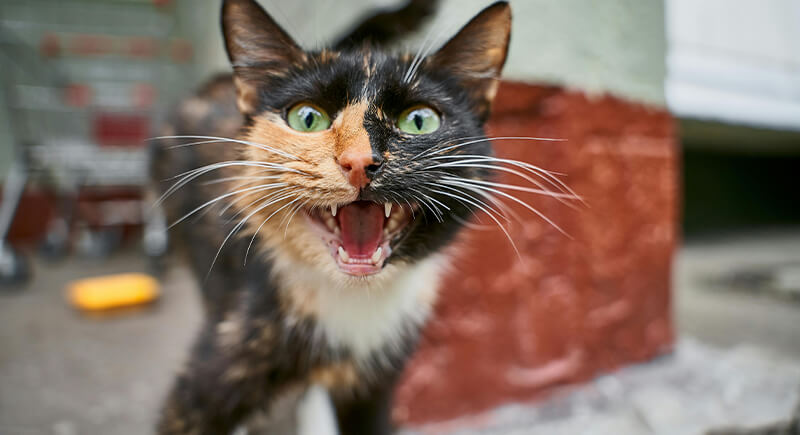
Credit: pexels
When your cat meows while staring out the window, they’re often responding to an intruder. That squirrel on the fence? Enemy number one. These territorial meows are your cat’s way of claiming their domain, even if the “threat” is oblivious to their existence.
Meows Paired with Bunting
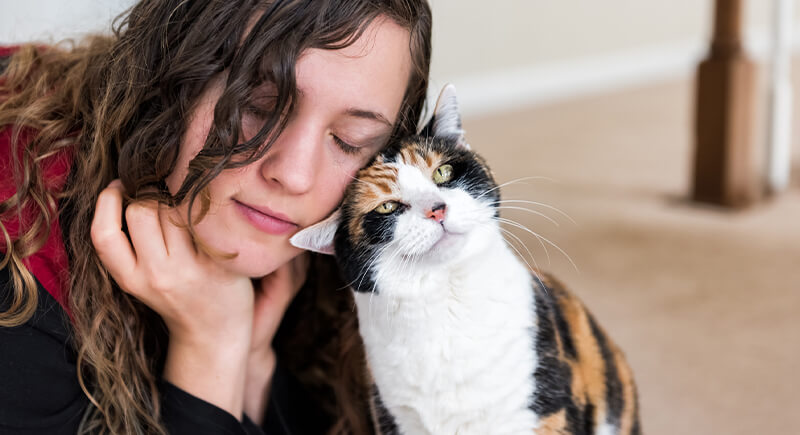
Credit: iStockphoto
Bunting is the ultimate gesture of trust, affection, and ownership. Cats have scent glands located on their forehead, cheeks, and chin. By pressing their head against you, they’re transferring their scent to mark you as part of their territory or “inner circle.” The added meow is just another way of admiring you.
The “Pay Attention to Me” Meow
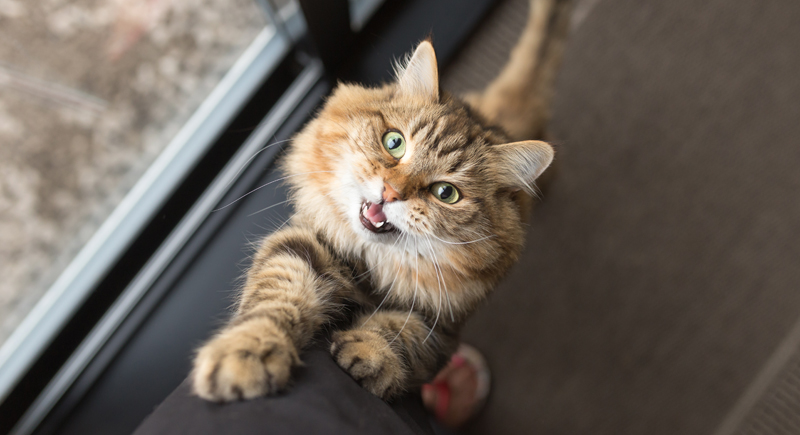
Credit: iStockphoto
This sound is typically a short, mid- to high-pitched “mew” or “mew-meow” that rises at the end, like a question. Experts say cats use it to draw human focus when they want interaction, food, or play. It’s not angry or sad, just your feline’s polite way of saying, “I’m here, love me.”
The Annoyed or “Back Off” Meow
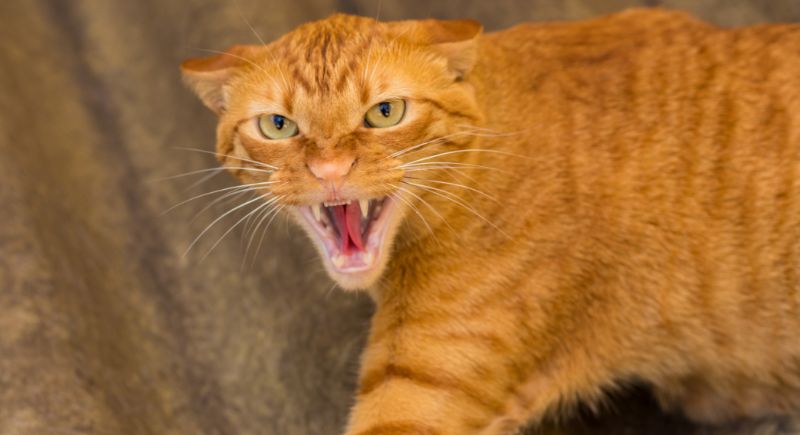
Credit: Getty Images
When a cat feels overstimulated or irritated, its meow becomes shorter and deeper in pitch. You might notice a flicking tail, turned head, or flattened ears alongside it. These are polite warnings, not tantrums, but clear feline ways of saying, “I’ve had enough attention for now.” Respecting that cue builds trust.